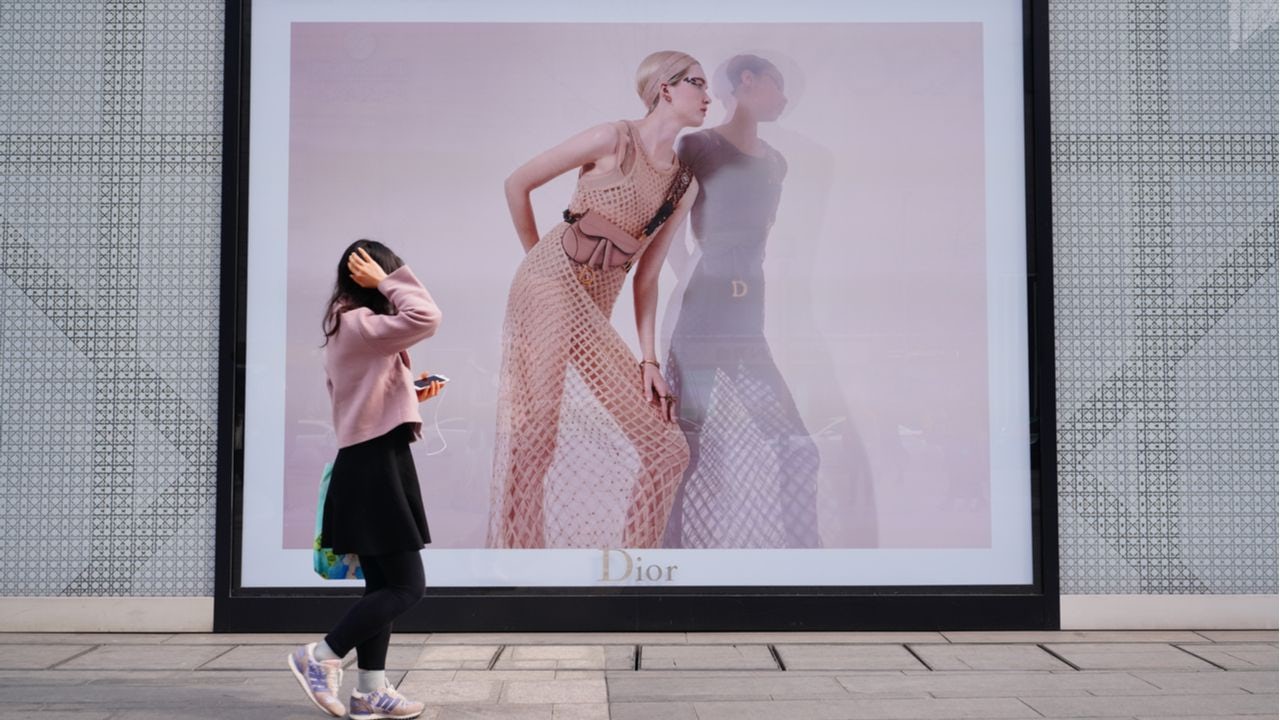Many luxury brands are not prepared. We are living in a world of accelerating change, where a “new normal” is replacing the old at an unprecedented pace. That includes consumer preferences and expectations. Lately, most brands have faced challenges over disruptions from the COVID-19 crisis. But, in many cases, most of their problems are homemade. COVID-19 is a brutal accelerator that makes pre-existing conditions much worse, but it is not the root cause.
In our work with brands across multiple categories in Europe, Asia, and North America, we have observed a lack of preparedness in addressing younger target groups of millennials and Gen Zers. These issues are compounded by massive deficits in brand storytelling, customer journeys strategies, and digital readiness.
In a recent survey by Équité, more than 90 percent of polled luxury managers were not clear about the best way to attract young, sophisticated customers to their brand. An even higher percentage did not know the exact consumer sentiment towards their brand within the last hour, day, week, or even month. While these managers often think that they know what their consumers think about them, very few are using the available AI-powered tools rigorously enough to understand and steer the brand sentiment in real-time. That is fatal.
Unlike the situation just three to five years ago, a customer’s first moment of truth no longer happens in the store — it happens on WeChat, Instagram, or TikTok. If brands do not create desire through the digital journey before a customer comes to the store, then their stores will remain empty. A staggering number of luxury brands are now realizing that the economics of their retail operations don’t work. The root causes? A lack of any competitive digital advantage as well as a lack of ability to create brand equity enhancing.
No brand story = no value creation#
Deficits in brand storytelling are deadly in the digital age. What many people misunderstand is that a brand story is not an artificial, inauthentic marketing campaign. The brand story is the most fundamental definition of who a brand really is, how it creates value for customers, and what its core values are. It is the most critical task because it is the base of all strategies a brand should take.
But the reality is bleak, as many brands do not have a distinct brand story. Instead, they define themselves with a categorical position. As an example, a typical luxury fashion brand story might be: “Our extraordinary fashion is designed by passionate artisans, using only the finest of materials to create the best dresses in the world.” Another sounds like: “Our brand empowers women.” Statements like these are no brand stories because there is no distinct value in them. They do not give a customer any precise information about what they’re buying, what value the brand offers them, and lacks inspiration. They are imprecise, exchangeable, and irrelevant mottos, and they waste the customer’s time. Yet, many brands use variations of these and then wonder why they fail.
If a brand does not have its own inspiring, distinct, and value-creating brand story, then they only provide a commodity. The excuse I always hear is that “our quality is better than the competitors.” That does not help them because customers can’t typically distinguish quality on a luxury level, where all brands will typically have a high level of quality, making it an expected parameter. Quality is not a point of difference — brand storytelling is.
Pricing mistakes lead to catastrophic results#
The deficits in brands’ ability to create value also have brutal consequences in the ability to price. Many luxury brands are still using the “cost-plus” model, which is charging a percentage as a mark-up on the cost of production. This method always leads to an incorrect price point.
If the brand story is not clear enough and not communicated through each customer touchpoint with excellence, then this strategy will lead to too high prices. That will force brands to decline, stagnate, and never grow. But on the other hand, when brands create extreme value through great brand storytelling but apply “cost-plus” pricing, they can’t be profitable enough and don’t generate sufficient “financial oxygen” to support the brand.
As such, a combination of storytelling deficits, customer journey deficits, and pricing mistakes will lead to significant underperformance and failure. And those brands that use promotions will seal their fate. Promoting is the most direct way to destroy a luxury brand. The question is not if it will ruin a brand but when. The best luxury brands never promote. Instead, as a typical feature, they produce appreciating pieces of art, not depreciating assets.
Accelerating change#
The COVID-19 pandemic has compounded challenges for brands. Companies need to focus on opportunities in China, the largest country to emerge from the crisis, and go from defensive to offensive. But success is China is dependent on expertise, dedication, and focus. All market parameters are different, and consumer expectations throughout Asia often exceed those in Europe or the US. Therefore, cookie-cutter approaches don’t work.
I regularly observe massive shortcomings regarding service and client engagement for luxury brands, even the leading ones. These observations happen worldwide. However, as luxury brands have increasingly come to depend on China, they can’t afford any deficits in personal service. Most brands underestimate the need to train staff — not just on their products, but also on luxury as a whole. Sales staff usually are not trained well enough to sell luxury successfully. That is where the customer experience regularly collapses, and where many brands lose their customers, often forever. Luxury training can be, in many cases, the single biggest differentiator between poor and excellent in-store performance.
Brands have also been forced to adapt to the new reality, as the outbreak has drastically accelerated the consumer shift to digital, further increasing pressure on companies to act quickly and decisively. But I still see too much “digital lip service.” Either a brand will play to win, or they will lose. Digital is no longer “nice to have.” It’s an arena that companies must master, invest in, and focus on from the top down.
Disruption and new trends through China: the luxury superpower#
Japan was traditionally the most important Asian luxury market, but that distinction has shifted to China. Chinese consumers now comprise 40 percent of global luxury sales, both domestically and abroad, and we expect this number to grow well beyond 50 percent by 2030, maybe even 60 percent.
Brands need to successfully address Chinese consumers, which means engaging women who are younger, highly sophisticated, and digitally-savvy. According to our analysis, women in China make over 70 percent of luxury purchases, and the 20-25 age range is the ideal demographic.
In a study utilizing advanced, digital, artificial intelligence-powered consumer sentiment measurements, we’ve identified several key trends in China since the beginning of the coronavirus pandemic. As such, brand success will depend on the ability to address these emerging expectations. They include quality of life, health, digital super-acceleration, and corporate social responsibility.
Way forward#
Brands need to focus on four critical pillars for success: 1. Build brand equity for a digital world by focusing on purpose and storytelling; 2. Optimize the customer journey to provide extreme value for sophisticated young consumers; 3. Make digital leadership a reality by shifting from the “digital buzzword” approach many companies use and 4. train and empower teams to deliver on the brand value proposition rigorously. The time for complacency is over: The realities of COVID-19 call for leadership and decisive action.
Daniel Langer is CEO of the luxury, lifestyle and consumer brand strategy firm Équité, and the professor of luxury strategy and extreme value creation at Pepperdine University in Malibu, California. He consults some of the leading luxury brands in the world, is the author of several luxury management books, a global keynote speaker, and holds luxury masterclasses in Europe, the USA, and Asia. Follow @drlanger


